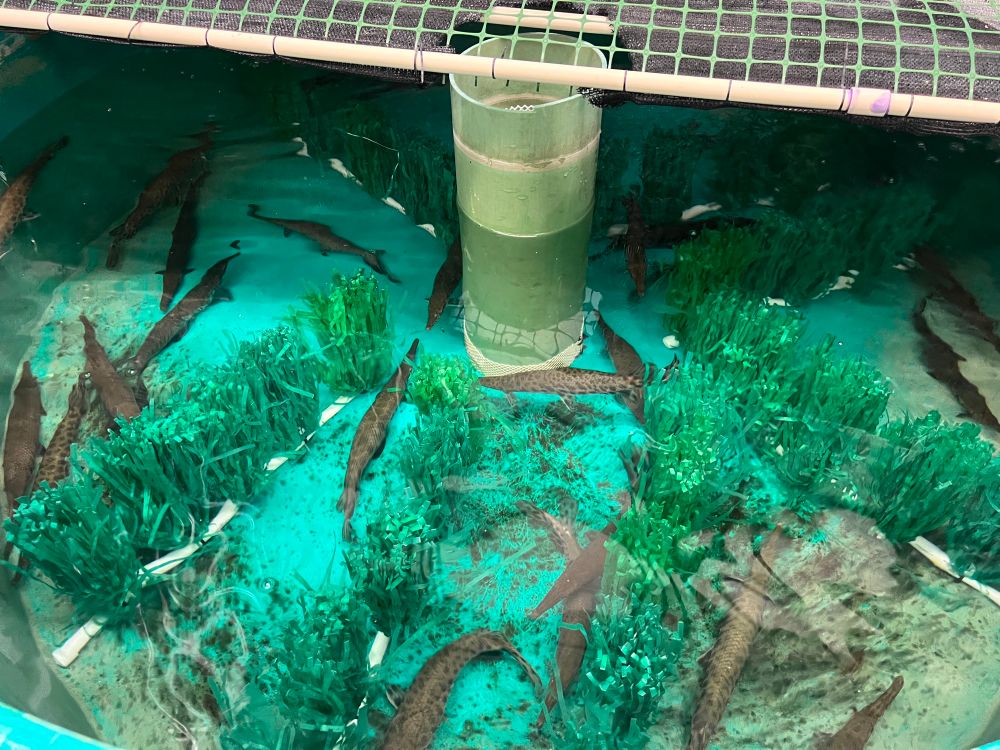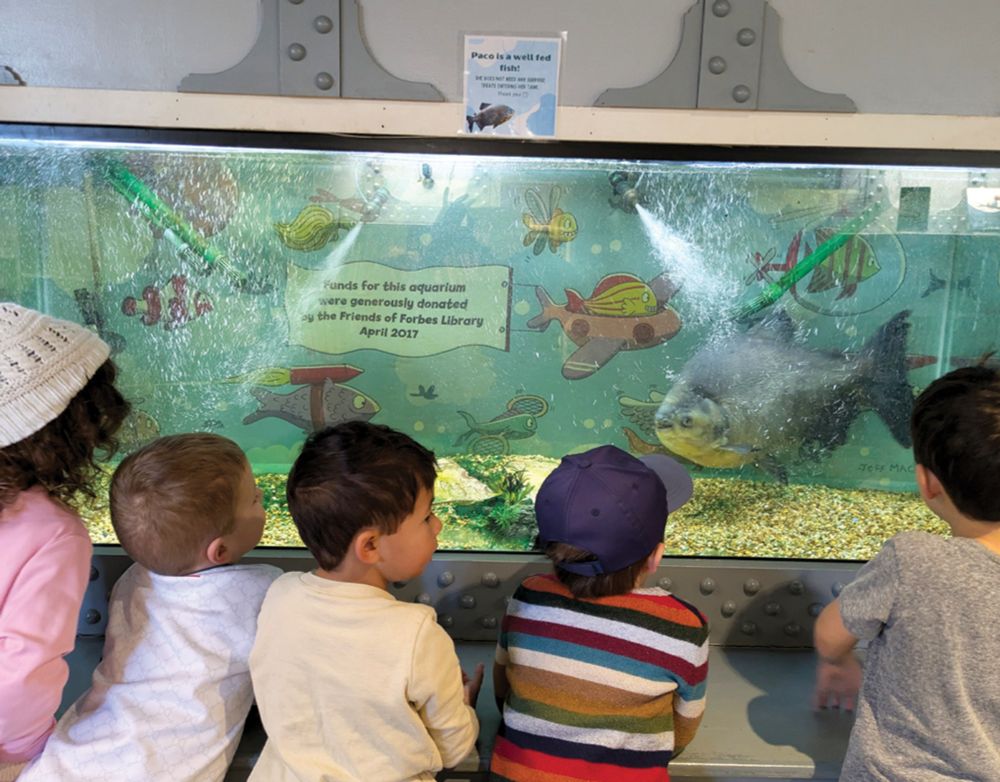
MBE | Temperature and Pressure Shaped the Evolution of Antifreeze Proteins in Polar and Deep Sea Zoarcoid Fishes
A graphic visualizing the finding by Bogan et al. that antifreeze protein (AFP) genes increased in copy number among shallow-water, polar species of Zoarcoidei fishes. Top left: Pholis gunnellus photographed by Chris Isaacs (CC-BY-NC). Top right: Cebidichthys violaceus photographed by Alex Heyman (CC0 1.0). Bottom left: Lycenchelys sp. photographed by Julien Savoie (CC BY 4.0). Bottom right: Lycodes sp. photographed by Julien Savoie (CC BY 4.0).
@snbogan.bsky.social @notothentoma.bsky.social @scotthotaling.bsky.social @paulbfrandsen.bsky.social et al. explore the evolution of type III antifreeze proteins in deep sea zoarcoid fishes.
🔗 doi.org/10.1093/molbev/msaf219
#evobio #molbio
21.10.2025 09:43 — 👍 18 🔁 8 💬 0 📌 1

Parallel shifts in differential gene expression reveal convergent miniaturization in fishes | PNAS
Body size variation in vertebrates is a complex polygenic trait, tightly correlated
with numerous aspects of a species’ biology, ecology, and physi...
Why are some species smaller than a paperclip while others grow longer than a school bus? How is body size evolution governed in animals? Out now in @pnas.org we tackle these longstanding questions through a genetic lens using my favorite group of fishes as our model!! www.pnas.org/doi/10.1073/...
22.10.2025 21:33 — 👍 105 🔁 43 💬 3 📌 0

New preprint up with collaborators Jianguo Lu, @mpodobnik.bsky.social, Uwe Irion, Braedan McCluskey, John Postlethwait and others. New Danio genomes, evolution and pigment pattern variation. Long time in the making www.biorxiv.org/content/10.1...
19.10.2025 22:28 — 👍 38 🔁 18 💬 0 📌 2
Zebrafish embryo undergoing gastrulation. Credit to Dr. Gopi Shah at EMBL. #ZebrafishZunday 🧪
19.10.2025 09:25 — 👍 142 🔁 39 💬 0 📌 4
👻 G-g-ghost? Nope, s-s-snailfish! 🤍
Meet the mesmerizing new addition to our Into the Deep/En lo Profundo exhibit, rough snailfish! These ethereal charmers live in the benthic zone, a scientific term for the seafloor.
20.10.2025 20:57 — 👍 525 🔁 124 💬 10 📌 8
Congrats @liujuan.bsky.social, our very own @zzhou32.bsky.social and all co-authors! Fintastic work!
02.10.2025 20:11 — 👍 6 🔁 1 💬 0 📌 0
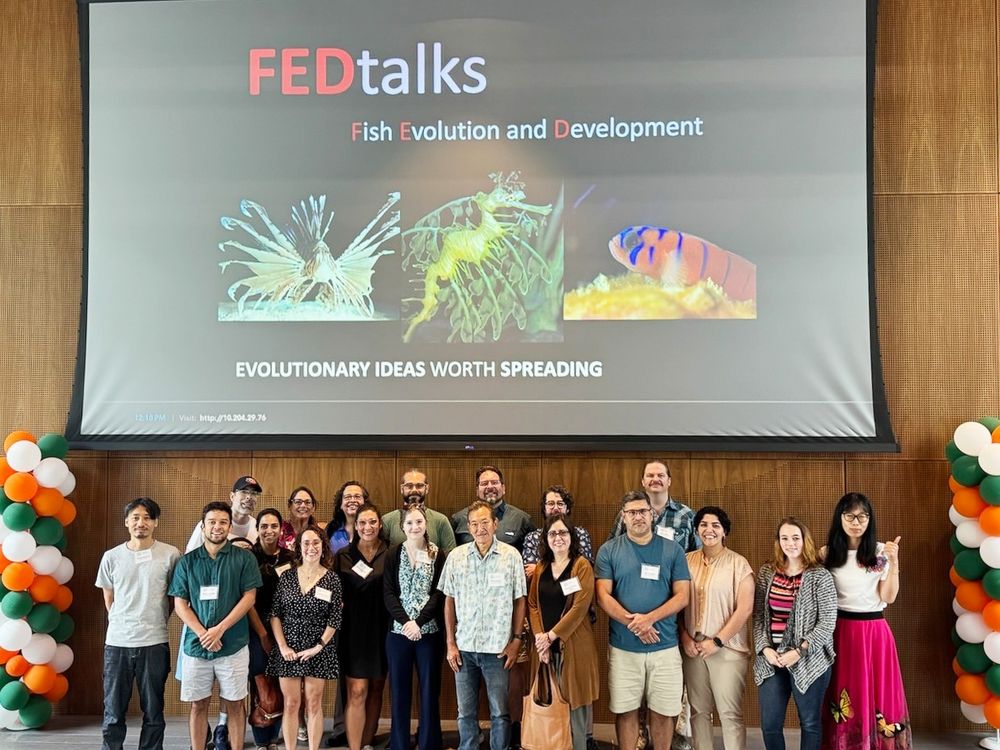
You're fin-tastic! 🐟🐠🌟🤩
Our fish community present #PASEDB2025!
@nakamuralab.bsky.social @phernandez.bsky.social @patyschneider22.bsky.social @ischneider.bsky.social @xtremo-devo-lab.bsky.social @fishevodevogeno.bsky.social @homeobox.bsky.social and more!
Help us to tag them
23.07.2025 20:35 — 👍 10 🔁 3 💬 1 📌 1
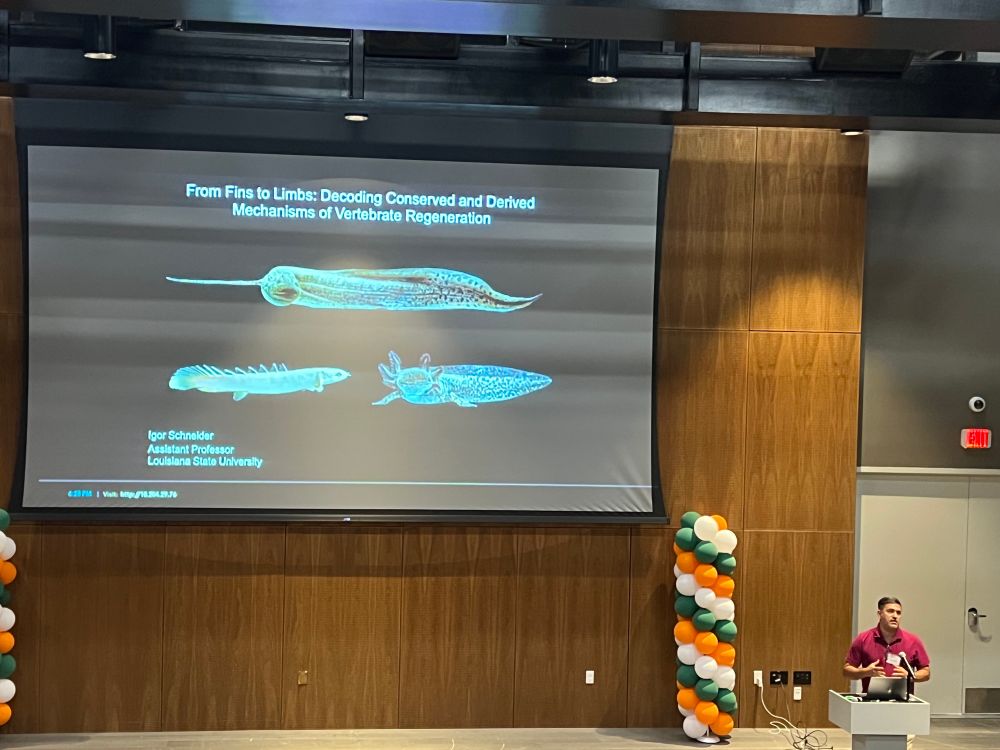
Our dear friend @ischneider.bsky.social receiving the Young Investigator Award from @evodevopanam.bsky.social! So incredibly deserved!
#PASEDB2025
To infishity and beyond! Great work, Igor!
23.07.2025 05:01 — 👍 23 🔁 7 💬 3 📌 0

EvoDevotees, if you are at #PASEDB2025 and interested in either of these job opportunities for Fish Facility Manager or Presidential Postdoc at Michigan State U, let’s grab a coffee and chat
#EndlessFishMostBeautiful
@evodevopanam.bsky.social
22.07.2025 15:33 — 👍 8 🔁 12 💬 0 📌 0
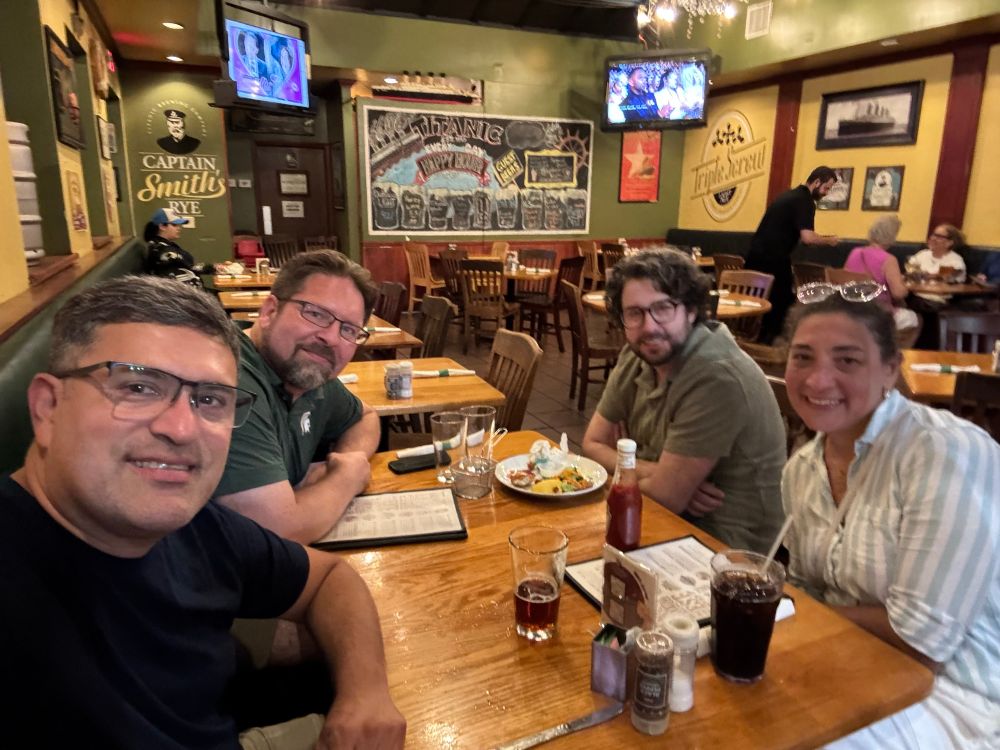
#PanAmEvodevo2025 is about to start! Starting countdown, engines on! @fishevodevogeno.bsky.social @xtremo-devo-lab.bsky.social @patyschneider22.bsky.social
22.07.2025 01:07 — 👍 16 🔁 3 💬 1 📌 0

Our latest issue is now live! On the cover is a species of Asian noodlefish characterized by their transparency due to the absence of red blood cells, slender bodies and scaleless skins, and a poorly ossified skeleton. www.cell.com/current-biol...
07.07.2025 15:33 — 👍 41 🔁 7 💬 3 📌 4

Schematics depicting the dorsal and ventral sides of fins and limbs
We take for granted that our hands have two sides and can articulate in an endless number of ways. But what about a fish’s fin? Can a fish know something “like the back of its fin,” or have its future told with a fin palm reading? Check out this bluetorial to find out 👇🧪🧬🐟 doi.org/10.1101/2025...
07.07.2025 06:46 — 👍 78 🔁 41 💬 11 📌 7
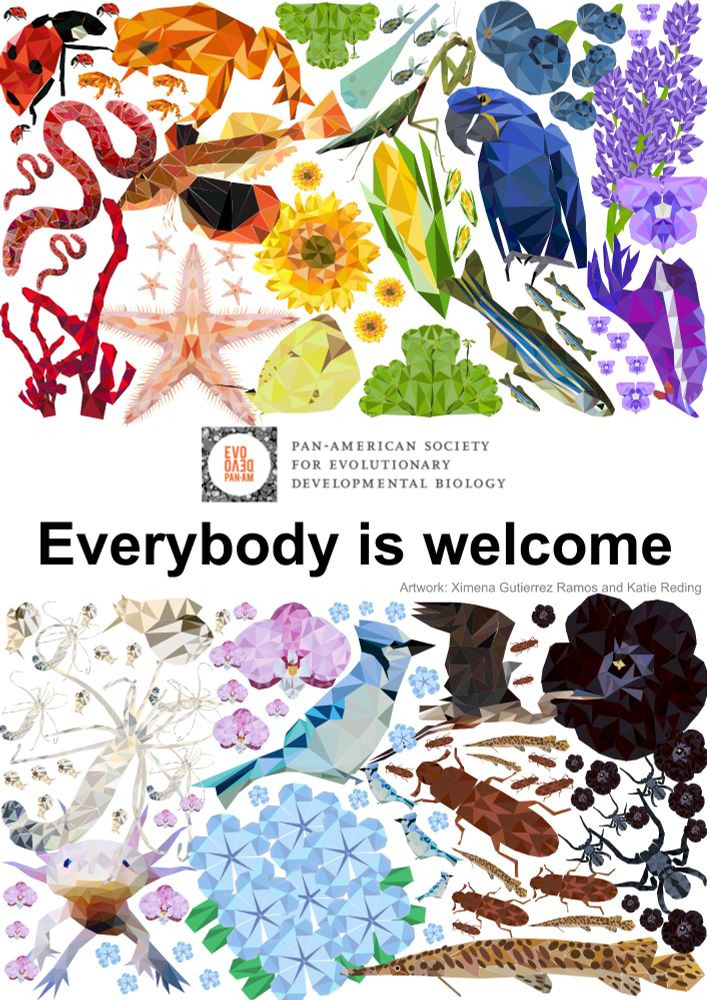
At #PASEDB we embrace all organisms. Each one has its own evolutionary trajectory that makes life so diverse 🌈🦄
Artwork: Ximena Gutierrez Ramos and Katie Reding
28.06.2025 15:36 — 👍 11 🔁 4 💬 0 📌 0

DaniocellDesktop logo, depicting a fish on a laptop screen.
If you love Daniocell, but wish it could generate analyses specific to YOUR genes & cell types of interest, check out DaniocellDesktop - a new point-and-click app for Mac and Windows that enables reanalysis of the Daniocell data without programming: daniocell.nichd.nih.gov/desktop/ (1/4)
13.06.2025 14:30 — 👍 80 🔁 41 💬 4 📌 5

You have so-fish-ticated taste 🐟
Fish satellite symposia speaker talks at #PASEDB
Invited speaker: Andrew Thompson
Organizers: @nakamuralab.bsky.social @patyschneider22.bsky.social & Joaquín Letelier
Register: evodevo.wildapricot.org/event-6007396
06.06.2025 15:00 — 👍 14 🔁 3 💬 0 📌 0
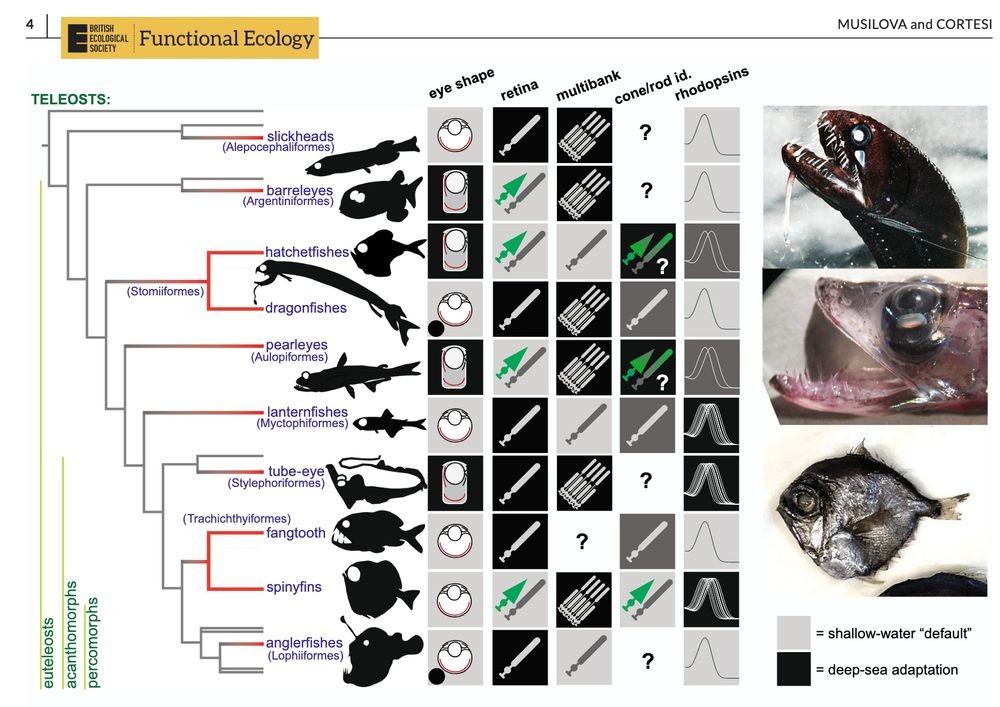
deep-sea adaptations have evolved independently in several groups.
Eye shape: A prominent morphological example is the evolution of an elongated tubular, barrel eye to maximize photon capture in several
deep-sea groups. Groups, where tubular eyes are common, are marked by a black square and a tubular eye scheme; groups with one/
few cases of tubular eyes but where the majority of species have a camera-type eye are marked with black dots (i.e. anglerfishes and
dragonfishes). Retina: Rod-only retinas are a common feature of many adult deep-sea fishes. In other cases, they possess the typical duplex
retina with cones (green cells) and rod cells (grey cells). Multibank: In some species, the rod cells are organized in multiple layers, forming a
multibank retina, while other deep-sea fishes have the typical vertebrate single layer. Cone/rod id: Some deep-sea fishes have photoreceptor
cells with an uncertain id that is intermediate between rods and cones due to a mismatch of the opsin and phototransduction cascade genes
(e.g. in Scopelarchidae and Evermanellidae; Aulopiformes), or thanks to the presence of transmuted cells (i.e. rod-like cones in Maurolicus
spp.; Sternoptychidae; Stomiiformes). Rhodopsins: Like other vertebrates, most lineages only have one rhodopsin (rh1) gene. Two rhodopsins
are found in pearleyes (Scopelarchidae; Aulopiformes), and hatchetfishes (Sternoptychidae, Stomiiformes), and more than three rhodopsin
genes are found in lanternfishes (Myctophiformes), spinyfins (Diretmidae), and tube-eye (Stylephoriformes). Photos (from top to bottom):
Threadfin dragonfish, Echiostoma barbatum (Stomiiformes; photo Zuzana Musilova); pearleye, Benthalbella sp. (Aulopiformes; photo Zuzana
Konvičková); and silver spinyfin, Diretmus argenteus (Trachichthyiformes; photo Vít Kaufman). Based on data from Collin and Partridge (1996),
De Busserolles et al. (2017), De Busserolles et al. (2020), Lupše et al. (2021) and Musilova, Cortesi, et al. (2
An (omics) perspective on the evolution of vision in deep-sea
fishes reveals exceptional adaptations to life in the extreme
Musilova & Cortesi 2025 Functional Ecology
besjournals.onlinelibrary.wiley.com/doi/pdfdirec...
#ichthyology #teamfish neat review of genetics of deep-sea vision in fishes
06.06.2025 12:07 — 👍 22 🔁 10 💬 0 📌 0

Photograph of a grey and green fish, with a green box inside which is a green play button.
🐟 Thanks to everyone who joined our Killifish Webinar!
We chatted with four expert voices about the brilliant killifish conservation work they have been doing in the Mediterranean Basin #freshwater
ICYMI it's now available to watch again on YouTube 👇
buff.ly/R4wxOcY
04.06.2025 09:10 — 👍 4 🔁 4 💬 0 📌 0
Sturgeon surprise! 🧜♀️
03.06.2025 06:19 — 👍 6 🔁 1 💬 1 📌 0
Gotta tag some #library people! @jacquelinethompson.bsky.social
01.06.2025 15:23 — 👍 1 🔁 0 💬 0 📌 0
Backflippin’ feeding action!
#Paddlefishing
#Polyodon
#EndlessPaddlefishMostBeautiful
Le fin!
30.05.2025 03:41 — 👍 13 🔁 5 💬 2 📌 0
Incredible morphological convergence!! #Evol2025
30.05.2025 18:26 — 👍 36 🔁 9 💬 1 📌 1
Hyperactive #Polyodon - one week old
#Paddlefishing
#EndlessFishMostBeautiful
22.05.2025 18:26 — 👍 13 🔁 2 💬 1 📌 0
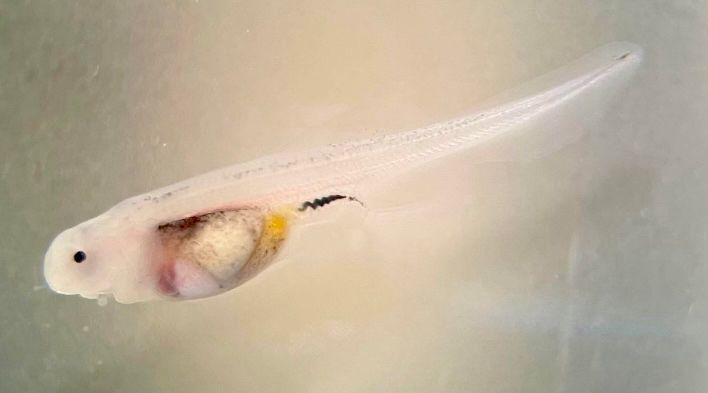
Paddlefish 8 days post fertilization
#Paddlefishing
#Polyodon
#EndlessFishMostBeautiful
24.05.2025 04:56 — 👍 16 🔁 4 💬 0 📌 0
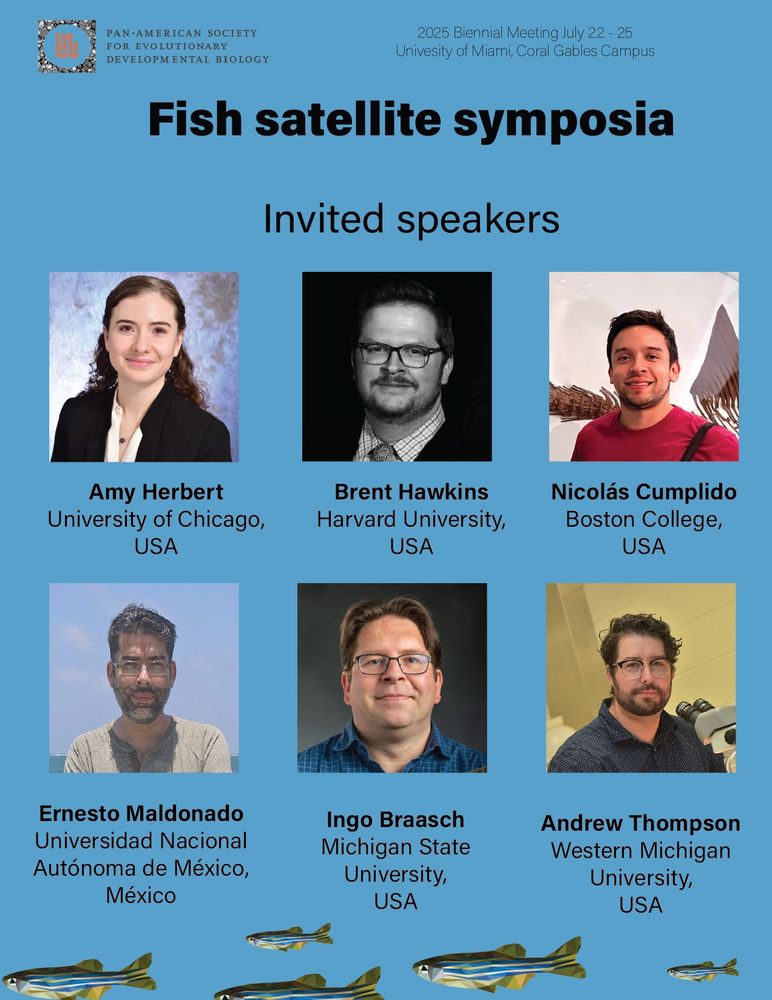
😅🤩Fish Community!!
We are happy to announce our amazing lineup for the Fish Satellite Symposium at #PASEDB2025 #evodevo 🐠🐟🐡
@homeobox.bsky.social @fishevodevogeno.bsky.social
Organizers @nakamuralab.bsky.social @patyschneider22.bsky.social & Joaquín Letelier
22.05.2025 21:02 — 👍 6 🔁 2 💬 0 📌 0
Empowering medaka fish biology with versatile genomic resources in MedakaBase #SingleCell 🧪🧬🖥️
https://www.biorxiv.org/content/10.1101/2025.05.13.653297v1
16.05.2025 16:00 — 👍 0 🔁 2 💬 0 📌 0

Heart disease is the world’s leading killer, and tackling it demands decoding the multi-gene networks driving disease progression 🫀
Learn how researchers used Medaka fish plus high-throughput heartbeat imaging to build a biomarker toolkit for early screening.
www.nature.com/articles/s41...
13.05.2025 09:40 — 👍 13 🔁 7 💬 0 📌 1
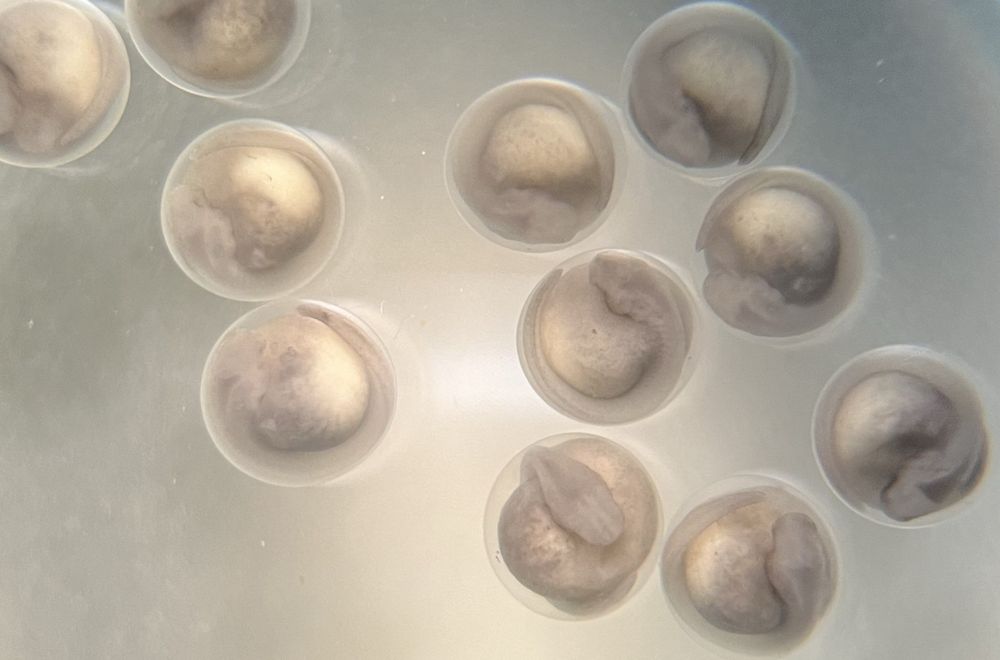
Paddlefish embryos 4 days old
#Paddlefishing #Polyodon
#EndlessFishMostBeautiful
20.05.2025 02:40 — 👍 17 🔁 5 💬 0 📌 0
Passable human; defective sea creature.
PhD student @LSU. Obsessed with Rockhead Poachers
MBE publishes fresh insights into the patterns and processes that impact the evolution of life at molecular levels.
🔗 academic.oup.com/mbe
🏠 @official-smbe.bsky.social
🤝 @genomebiolevol.bsky.social
#evobio #molbio #science #biology #societyjournal
InSDB is the national society that represents all developmental and stem cell biologists in India
BioEYES is a K-12 science outreach and teacher training program. We use live zebrafish to teach kids science.
NIDCR-funded repository and resource empowering dental, oral & craniofacial research (including related biological and anatomical health/disease domains) with open science and FAIR practices. Reach out at help@facebase.org. www.facebase.org
MSCA Doctoral Network 2023: DANIO-CODE - the next frontier: Decoding transcription regulation in regeneration by advanced genomics and computational tools | https://danio-recode.eu | Account managed by @obog.bsky.social
The Genetics Society of America is a professional scientific society representing genetics researchers and educators globally.
ph.d. student in the Braasch lab at MSU.
🎣 Paleontologist diving into the deep-time story of fish evolution 🐟 | Exploring functional morphology, fossil records, and the origins of vertebrate diversity 🦴 | PI of FAM Lab (Fish and More) at UC Berkeley
Lecturer @UBC
Developmental and Animal Physiologist 🐟
Passion for teaching 👩🏫
Research PI @leibnizlib.bsky.social Bonn Germany #biodiversity #genomics #museomics #sexchromosomes #cichlids
Comparative and regulatory genomics. Animal phylogeny and evolution
PhD student at Michigan State University | Braasch Lab
Interested in genomics 🧬, evolution, and fish 🐟 🐠
Ph.D. student in Cooper Lab at UC San Diego / Evolutionary and developmental genomics
Development, evolution, worms, gene name etymology. I log interesting papers, questions, and ideas.
We represent & promote zebrafish research worldwide!
Reposts/follow/fav ≠ endorsement.
https://www.izfs.org/













